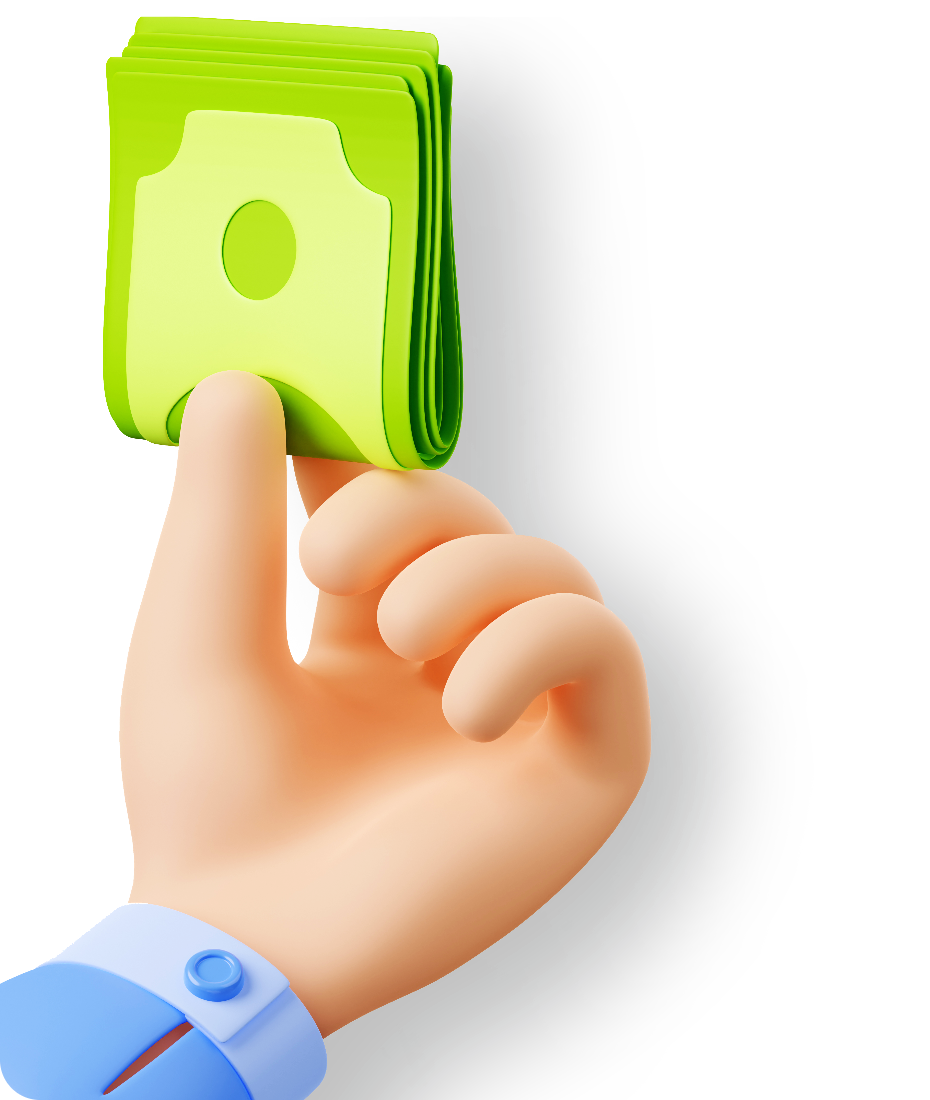Want to boost your website’s authority faster? Traditional link-building strategies can only get you so far. If you’re serious about improving your off-page SEO and climbing Google rankings, tiered link building is a powerful strategy you can’t ignore.
In this guide, you’ll learn what tiered link building is, how it works, the types of links involved, the benefits it offers, and the potential risks you should watch out for. Plus, we’ll walk you through how to set up a strong tiered link-building campaign step-by-step.
What is Tiered Link Building?
To understand, you need to know the term hierarchy.

Indeed, tiered link building is all about building a hierarchy for your links: Tier 1, Tier 2, and Tier 3. As you build a well-layered structure, you can utilize link juice to pass from lower tiers to higher tiers and reach your Website, making it more authoritative.
Hierarchical structure of tiered link building:-
Your Website ← Tier 1 links ← Tier 2 Links ← Tier 3 Links
This tiered system can be tricky to build, so it’s better to learn how it differs from traditional link building.
How Tiered Link Building Differs from Traditional Link Building
In contrast, traditional link building is much simpler because you focus on links that directly link to your Website, while tiered link building is a multi-layered approach that aims to improve domain authority and effectiveness.
For a better understanding, here’s how the tiered links differ from each other:
- Tier 1 Links 👉 Tier 1 links are the highest-quality links to your website. They usually come from well-known websites within your industry, guest post articles, high-authority directories, and other sources with high Domain Authority or DA.
- Tier 2 Links 👉 Tier 2 links point to your Tier 1 links, improving their authority score. They are usually social bookmarking sites (Reddit, StumbleUpon, Digg), Web 2.0 properties (Tumblr, Medium, or WordPress), or article directories.
- Tier 3 Links 👉 Tier 3 links point to your tier 2 links, adding link juice to your website. These are lower-quality links, but they still help with overall link-building effectiveness. You can get tier 3 links through forum or blog comments, profile links, and utilizing low-tier social media platforms.
Benefits of Tiered Link Building

Building a well-layered tier link can be confusing at first, but once you master how to structure your links, you can get benefits that can improve your Website. So, here are the benefits of tiered link building you should know:
- Enhanced Link Juice: Multiple tiers amplify the link juice passed to your Website.
- Increased Authority: Strengthens the overall authority of your site through a structured hierarchy of backlinks.
- Better Indexing: Higher chances of your backlinks getting indexed by search engines.
- Diversified Link Profile: Creates a more natural and diverse backlink profile.
Setting Up a Tiered Link Building Campaign
➡️ Keyword Research
Of course, just like with any SEO strategy, you need to start with keyword research to determine which phrases or words you can leverage to improve digital visibility. You can use SEO tools like SEMrush or A Href to do keyword research and pick relevant keywords for your business. This will allow you to create off-page content to start your link building.
➡️ Competitor Analysis and Building Strategy
Most importantly, it would help if you also did competitor analysis to analyze their backlink strategies and use SEO tools from which they get their links. By knowing more about your competitor, you can start building a plan for an effective tiered link-building campaign.
Tools and Resources
As you begin your tiered link-building campaign, you must know the tools to make your strategy more efficient. So here are the link building tools you need to know:
SEO tools (Ahrefs, Moz, SEMrush, etc.)
- Ahrefs: For backlink analysis and competitor research.
- Moz: This is for tracking link performance and analyzing competitors.
- SEMrush: For comprehensive SEO analysis and keyword research.
Content creation tools
- Grammarly: For proofreading and grammar checking.
- Canva: This is for creating infographics and visual content.
- BuzzSumo: For content research and ideas.
- ChatGPT: This is to help with blog outlines and ideas.
Outreach tools
- BuzzStream: For managing outreach campaigns.
- Hunter: For finding email addresses of influencers and bloggers.
Extra Tip: Automation vs. Manual Efforts – With the rise of AI, it can be time-efficient to rely on automated tools. However, it’s recommended that manual efforts be made when building Tier 1 links to monitor the source to ensure credibility and relevance.
Building Well-Structured Links
After setting up your tiered link building campaign, it’s also helpful to learn how to build well-structured links. To give you an idea, Link-Assistant shared that the link quality drops as you build links from tier 1 to tier 3.
So, learning how to structure your links can improve your overall SEO performance.
➡️ Building Tier 1 Links
Remember, Tier 1 Links should be the highest quality out of all tiered links. So, create high-quality content for your primary link source to ensure a better link juice transition to your website.
Here are some tips on building tier 1 links:
- Importance of Original and Valuable Content – In off-page SEO, it’s well-known that original and valuable content attracts webmasters and other industry experts to naturally interlink your links on their websites. So, make sure to check the relevance of your content to attract other web users to use your links.
- Guest Blogging – Writing high-quality guest blogs can also attract other webmasters to interlink your web pages on their websites. This can earn you tier 1 links that improve your website’s authority.
- Outreach to Influencers – Influencer marketing is now trendy among the younger generation. You can reach out to influencers who can help promote your brand and acquire natural, high-quality links from their sites.
- High-Authority Directories – Submitting your links to high-authority directories can also help your local SEO. Aside from helping your local SEO, directories can also stand as tier 1 links because of their authority score in the digital landscape.
➡️ Building Tier 2 Links
The purpose of Tier 2 links is to support and strengthen Tier 1 links, enhance their effectiveness, and pass more link juice to improve your website’s authority.
Here are some tips to build Tier 2 links:
- Social Bookmarking – Social bookmarking means bookmarking a website using another platform rather than your local browser. As such, you can submit your tier 1 content to social bookmarking sites like Reddit, Digg, and StumbleUpon. This method can also generate additional link juice.
- Web 2.0 Properties – Web 2.0 properties are websites with more user-generated content, like Tumblr, Medium, and WordPress. You can create content that links to your tier 1 content to strengthen your primary content.
- Article Directories – To support your Tier 1 content, you can also submit articles to directories. You can submit them to sites like HubPages, EzineArticles, and ArticleBase.
- Press Releases – If you’re a business owner, you can use press releases to support your Tier 1 content. PR can also help your brand become more well-known.
➡️ Building Tier 3 Links
Tier 3 links amplify Tier 2 links by passing additional link juice, making them more credible and authoritative in the eyes of the search engine. They also help improve link quality in the upper hierarchy.
Here are some tips to build Tier 3 links:
- Forum Comments – You can participate in forums within your niche and comment on your Tier 2 content to improve your tiered link building. Additionally, you will gain more exposure and attract possible website visitors.
- Blog Comments – In addition to forum comments, you can leave relevant comments on related blogs within your niche, including your Tier 2 content. Remember to avoid spam comments, as they will look spammy.
- Post on Social Media Platforms – You can also use social media to help you with your link-building strategy. Post your Tier 2 content on your social media platforms, where you can encourage your followers to share your content.
Best Practices for Tiered Link Building
The tips above can help you build Tier 1, Tier 2, and Tier 3 links. However, to maximize your efforts, remember the best practices for tiered link building.
➡️ Maintaining Link Quality and Content
Regardless of the tier, you must ensure that quality links and content are relevant and credible. By doing so, you can ensure the effectiveness of your link building strategy and make your tiered link building more successful.
It’s also helpful if you monitor your links for better performance. You can update or edit content to keep your content relevant for tiered link building.
➡️ Avoiding Penalties
Be careful when building tiered links, and follow Google’s guidelines to avoid penalties. Penalties can affect your SEO performance, so adhere to the guidelines as much as possible.
To avoid penalties, focus on building links naturally and diversely to show search engines that you use credible link-building strategies. Also, avoid black hat techniques like link farms and keyword stuffing.
In doing so, you can implement your tiered link building strategy professionally.
➡️ Tracking and Measuring Success
It’s also better to practice tracking and measuring your link’s success. You can do this by monitoring key metrics, such as the Number of Backlinks (Track the number of backlinks at each tier), Domain Authority (Monitor the domain authority of the linking sites), and Organic Traffic (Measure the impact of link building on your organic traffic).
By monitoring the key metrics, you will know how to adjust your strategy to make your tiered link building more effective.
Build Well-Structured Tiered Links 🔗
Link building is an effective way to improve your off-page SEO performance, which can benefit your business. Implementing tiered link building can also improve your SEO performance. For this reason, follow the tips above for effective tiered link building and stay updated with backlink trends to keep your performance on top!
FAQs
Yes! When done properly using high-quality, relevant links, tiered link building can still significantly boost domain authority and improve search engine rankings.
Most SEO experts recommend 2-3 tiers maximum. Going beyond 3 tiers may dilute link quality and increase risk.
It can if you use spammy links, automated tools for Tier 1, or violate Google’s link spam policies. Always prioritize manual, high-quality links for Tier 1.
Typically, you’ll start seeing improvements within 2-4 months, depending on your niche, competition, and overall SEO strategy.
The most common mistake is building low-quality Tier 1 links. Always ensure your Tier 1 backlinks come from trusted, authoritative sources.
In case you missed!






